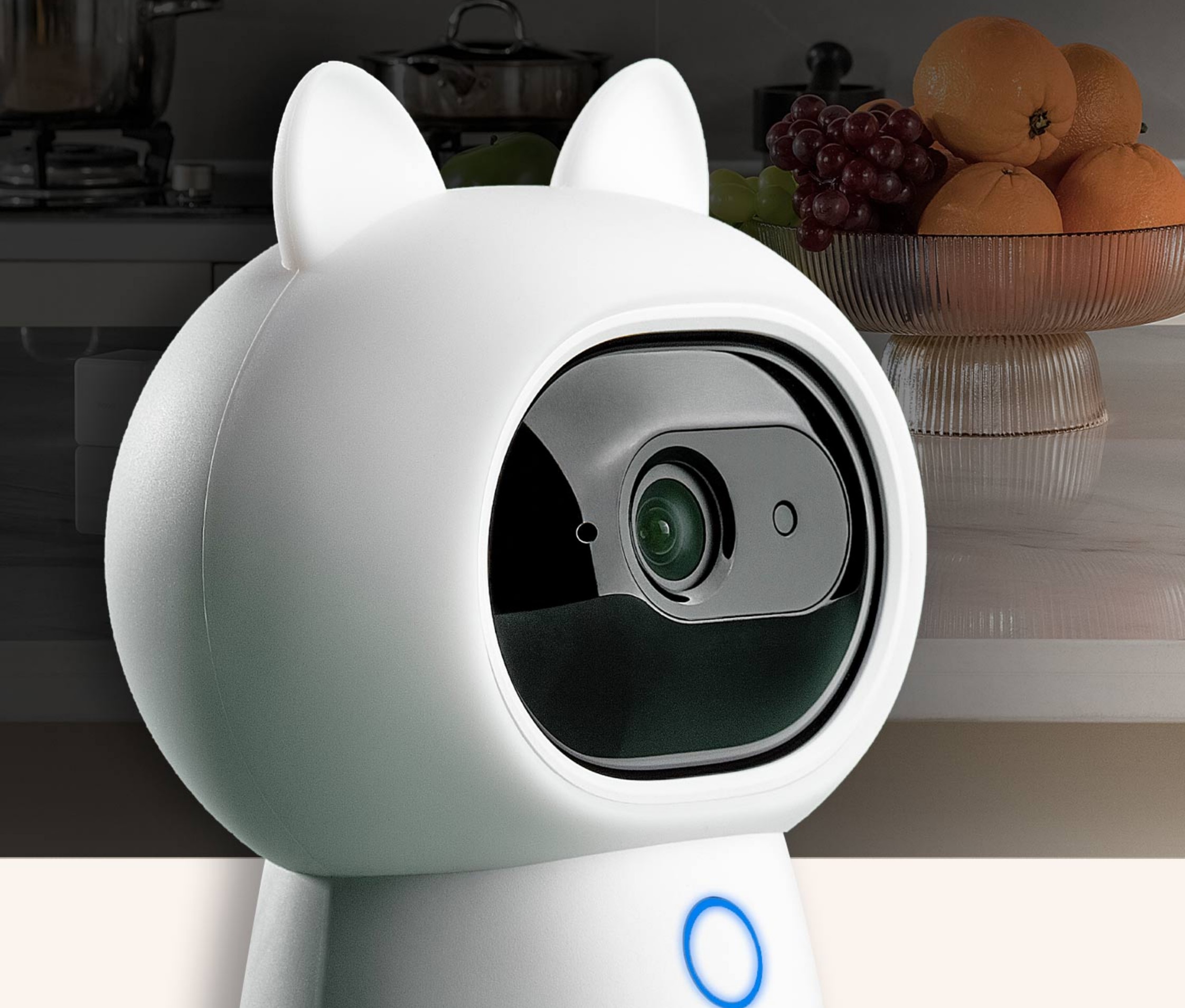The Technology - Why Zigbee?
When it comes to smart home applications, wireless communication protocols such as Zigbee and Wi-Fi are both popular choices. While both have their advantages and disadvantages, there are several key advantages to using Zigbee over Wi-Fi in certain smart home applications.


- Extensibility
- Power Consumption
- Stability
Zigbee offers greater stability than Wi-Fi in smart home applications. Zigbee uses a mesh networking topology, which means that devices can communicate with each other even if one or more nodes fail. This makes Zigbee a good choice for applications where reliability is important.
- Response
- Device Quantity
Zigbee is better suited for handling a large number of devices than Wi-Fi. Zigbee uses a mesh networking topology that can support much more devices at the same time without crushing your network. This makes Zigbee a good choice for smart home applications that require a large number of devices, such as home automation or security systems.
- Need for a Hub
Zigbee devices require a hub or gateway to communicate with the internet or other devices outside of the Zigbee network. While this may be seen as a disadvantage, it can actually provide greater security and control over the network. A hub can act as a central point for managing the network and can provide additional features such as local automation and remote access. In contrast, Wi-Fi devices can communicate directly with the internet, which can make them more vulnerable to security threats.
- Price
Considering the cost of hub, Zigbee solution are slightly more expensive compared to Wifi solution in the beginning. However, for add on devices, Zigbee devices are generally less expensive than Wi-Fi devices. Zigbee is a low-power, low-bandwidth protocol that can be implemented using inexpensive hardware. This makes Zigbee a good choice for smart home applications where cost is a consideration.
Overall, while both Zigbee and Wi-Fi have their strengths and weaknesses, Zigbee's extensibility, lower power consumption, stability, response speed, ability to handle a large number of devices, and lower cost make it a good choice for many smart home applications.

